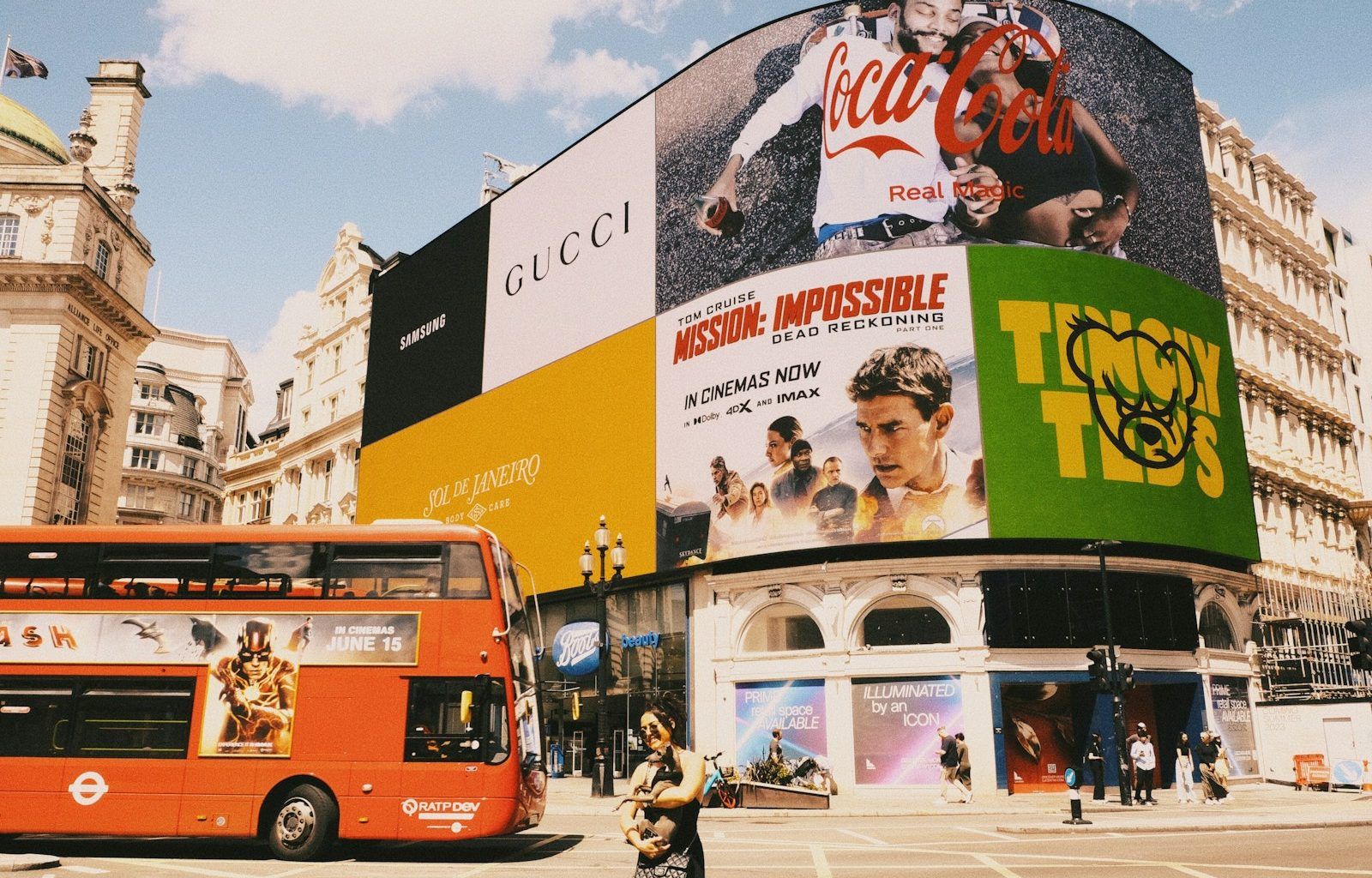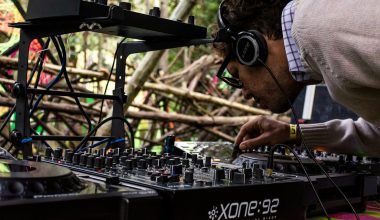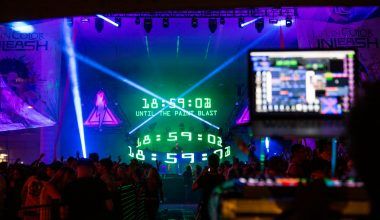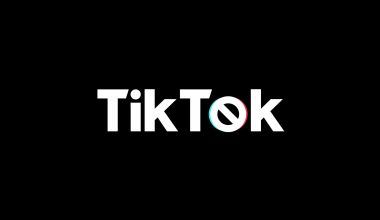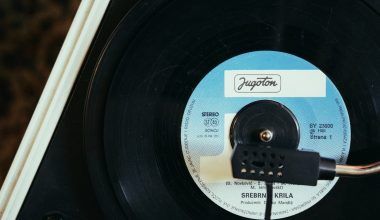Music is a universal language that has the power to connect people, evoke emotions, and tell stories. But when it comes to using music—whether for a project, a performance, or a business—questions about copyright can be confusing. This is where music in the public domain becomes a lifesaver.
Public domain music refers to works that are no longer protected by copyright laws. This means you can use them freely without needing to get permission or pay licensing fees. Knowing which music falls into this category can open up a treasure trove of creative possibilities.
What is Public Domain Music?
To understand what music in the public domain is, let’s first talk about copyright. When someone creates a piece of music, it’s automatically protected under copyright law. This gives the creator exclusive rights to their work for a certain period of time. However, once this time expires, the music enters the public domain. At this point, anyone can use, adapt, or share the music without legal restrictions.
Typically, copyright protection lasts for the lifetime of the creator plus 70 years. However, this can vary depending on the country. For older works, especially those published before 1923, most have already transitioned into the public domain.
Why Use Public Domain Music?
Using public domain music offers many benefits. First, it’s free. You don’t have to worry about paying royalties or licensing fees, which is great if you’re working on a tight budget. Second, it’s legal. There’s no need to navigate complex copyright laws or risk potential lawsuits.
Moreover, public domain music can inspire creativity. It provides a foundation for new interpretations and adaptations. For example, you could take a classical composition and remix it into a modern piece. The possibilities are endless when you have free access to such a rich library of works.
Examples of Public Domain Music
A significant portion of classical music is in the public domain. Composers like Johann Sebastian Bach, Ludwig van Beethoven, and Wolfgang Amadeus Mozart created timeless pieces that you can use freely. Think of Beethoven’s “Symphony No. 9” or Mozart’s “Eine kleine Nachtmusik.” These works are iconic, and they’re free to use.
However, be cautious with modern recordings of these works. While the compositions themselves may be in the public domain, a recent recording might still be protected by copyright. Always double-check to ensure you’re not infringing on someone’s rights.
How to Find Public Domain Music
Thankfully, there are plenty of resources to help you find music in the public domain. Online platforms like the International Music Score Library Project (IMSLP) offer an extensive collection of sheet music that’s free to use. Similarly, websites like Musopen and Project Gutenberg host public domain recordings and scores.
Libraries and archives are also excellent sources. Many institutions digitize their collections, making it easy to explore historical works. Don’t overlook local archives or university libraries, as they often have hidden gems.
Tips for Using Public Domain Music
Using public domain music might seem straightforward, but it’s essential to follow some best practices. First, verify the music’s public domain status. If you’re unsure, consult a legal expert or rely on reputable resources.
Second, credit the original composer. While not legally required, giving credit is a respectful way to honor the creator’s work. It also adds context to your project, showing your audience where the music came from.
Finally, be creative! Public domain music isn’t just for classical enthusiasts. It can be a starting point for all kinds of artistic endeavors. Whether you’re making a film, a podcast, or even a YouTube video, these works can elevate your project.
Misconceptions About Public Domain Music
One common misconception is that all old music is in the public domain. While it’s true that older works are more likely to be free of copyright, the exact status depends on when and where the music was published. For instance, a piece composed in 1900 might still be under copyright if it was published later in a country with different laws.
Another misunderstanding is that music labeled “royalty-free” is the same as public domain music. Royalty-free music still has copyright protections but allows users to pay a one-time fee for unlimited use. Public domain music, on the other hand, is entirely free.
Using Public Domain Music in Business
If you’re running a business, public domain music can be a game-changer. It’s ideal for creating a professional ambiance in a store, enhancing marketing videos, or setting the tone for a brand. Since it’s free, you can allocate your budget elsewhere while still delivering a high-quality experience.
For example, a coffee shop could play classical pieces to create a relaxing atmosphere. A YouTube creator could use public domain tracks as background music to avoid copyright claims. The possibilities are vast, and the cost savings are significant.
How Public Domain Music Inspires Modern Artists
Many modern artists draw inspiration from music in the public domain. By remixing or sampling classical compositions, they create something entirely new while honoring the original work. For instance, electronic music producers often use snippets of classical pieces as the backbone of their tracks.
This practice isn’t limited to music. Filmmakers, choreographers, and even writers use public domain works to enhance their art. By breathing new life into these timeless pieces, artists ensure they remain relevant for generations to come.
Challenges of Public Domain Music
While public domain music has many advantages, it’s not without challenges. One issue is determining whether a piece is truly in the public domain. Copyright laws can be complex, and making a mistake could lead to legal trouble.
Another challenge is finding high-quality recordings. Although many public domain works are available online, the quality can vary. You may need to invest time in locating the best versions or consider creating your own recordings.
Finally, public domain music might not suit every project. If you’re looking for a specific sound or style, you might need to explore other options. However, with a bit of creativity, you can adapt these works to fit your needs.
The Future of Public Domain Music
As time goes on, more works will enter the public domain. This means even more opportunities for creative expression. For example, popular music from the early 20th century is gradually becoming available. Imagine using jazz standards or early blues tracks in your projects without worrying about copyright.
Technology is also making it easier to access public domain music. Digital platforms and AI tools are streamlining the process of finding and using these works. As a result, artists and creators can focus on what they do best: making art.
Conclusion
Music in the public domain is a valuable resource for anyone looking to create, perform, or share. It’s free, legal, and full of possibilities. Whether you’re a musician, a filmmaker, or a business owner, understanding and using public domain music can elevate your projects.
So why not dive in? Explore the rich history of music that’s waiting to be rediscovered. From classical masterpieces to forgotten gems, the public domain is a world of creativity just waiting for you.
For further reading, explore these related articles:
- The Evolution and Diversity of Top Indian Music: A Musical Journey
- Good Karaoke Songs: Your Guide to a Fun Karaoke Night
For additional resources on music marketing and distribution, visit DMT Records Pvt. Ltd..
